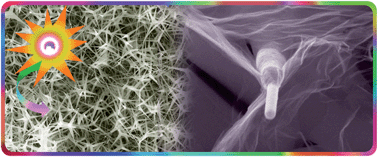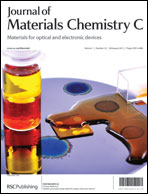A simple, novel and economical approach was developed for the synthesis of ZnO tetrapods through the controlled open air oxidation of a commercial zinc foil. Unrestricted by stringent criteria such as the maintenance of a high vacuum level or the usage of catalysts, this protocol yields scalable amounts of high quality tetrapods, thus highlighting its convenience over other reported methods. A thin coating of gold on top of the zinc foil is found to restrict the free open air oxidation and thus plays a pivotal role in this alternative kind of tetrapod formation. Investigations using cathodoluminescence spectroscopy confirmed the high optical quality of the tetrapods. Additionally, these tetrapods are found to exhibit an excellent electron emission performance. Finally, with the expectation of gaining better field enhancement, thermally reduced graphene oxide is attached to the tetrapods. This hybrid system is observed to possess outstanding electron emission activity with very low turn-on and threshold field values, as well as much improved stability, which were not achieved for the separate components. This indicates the potential usability of these materials in field emission nanodevices.

You have access to this article
 Please wait while we load your content...
Something went wrong. Try again?
Please wait while we load your content...
Something went wrong. Try again?


 Please wait while we load your content...
Please wait while we load your content...